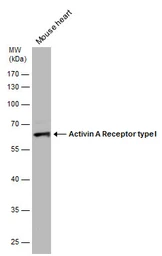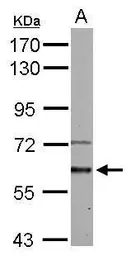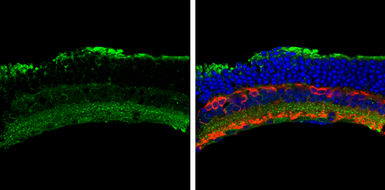Activin Receptor Type IA antibody
Cat. No. GTX107815
Cat. No. GTX107815
-
HostRabbit
-
ClonalityPolyclonal
-
IsotypeIgG
-
ApplicationsWB IHC-Fr
-
ReactivityMouse, Rat


